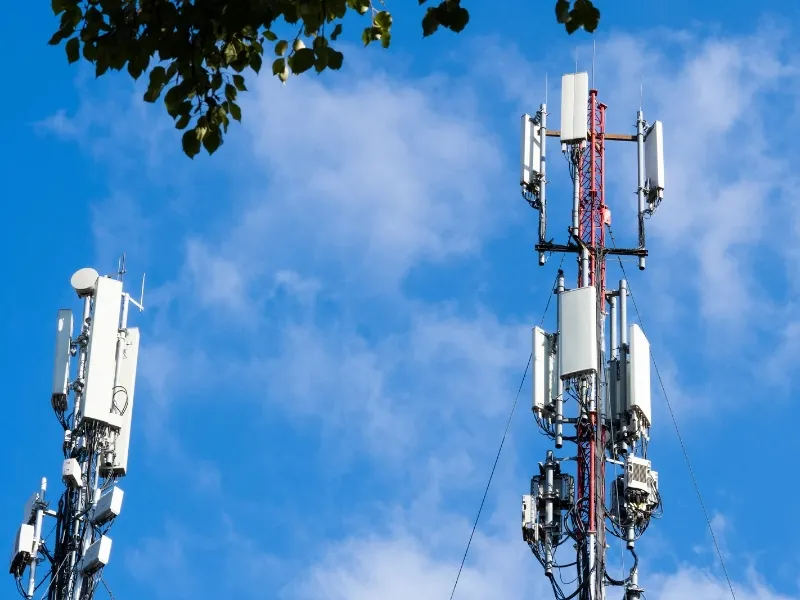Multi-Layer
Multilayer PCBs are circuit boards with four or more layers, separated by insulating dielectric layers and connected by conductive vias. This construction allows for higher circuit density, improved electromagnetic shielding, and reduced signal interference. They are used in demanding applications such as telecommunications, automotive, and medical technology, where reliable and compact electronic solutions are required. By combining multiple signal, power, and ground layers, multilayer PCBs provide high performance and design flexibility for modern electronic systems.
| Feature | Specification |
|---|---|
| Layer | 4 to 40+ layers |
| Board Thickness | 0.5 mm to 4.0 mm |
| Copper Foil | 12–105 µm (standard: 18 or 35 µm) |
| Treatment | ENIG, OSP, HASL, Immersion Silver/Tin |
| Solder Mask | Green, Blue, Black, White |
Applications
-

Medical Technology
Multi-layer PCBs enable compact and powerful medical devices like imaging systems, diagnostic equipment, and implants. They provide high signal integrity and reliability for precise measurements and controls.
-

Aerospace
In demanding environments like aerospace, multi-layer PCBs provide stability, high density, and reliable performance. They withstand extreme temperatures and vibrations, ensuring secure communication and navigation.
-

Automotive Industry
Vehicles with modern assistance systems, electric motors, and infotainment solutions require powerful electronics. Multi-layer PCBs enable compact designs and optimize signal processing for greater safety and efficiency.
-

Telecommunications & Network Technology
Whether for high-speed data transmission or 5G technology, multi-layer PCBs ensure stable connections, minimize signal loss, and enable powerful network solutions with high bandwidth.
-

Industrial Electronics & Automation
Modern production facilities rely on robust, reliable control systems. Multi-layer PCBs offer high performance and resilience for industrial applications, IoT solutions, and automation technology.
Features
Discover the advanced capabilities Lexington can deliver.
- Vias
- Conductive pathways interconnecting PCB layers.
- Blind/Buried
- Concealed vias for cleaner surfaces and enhanced PCB designs.
- Via Plugging
- Filling or covering vias to enhance insulation and performance.
- PCB Controlled Impedance
- Innovative systems for precise impedance control in PCB manufacturing.
- Surface Finish
- High-quality surface treatments to enhance solderability and protect the board.
- Heavy Copper
- Thick copper layers for superior current handling and heat dissipation.
Frequently asked questions
Can’t find the answer you’re looking for? Reach out to our customer support team
